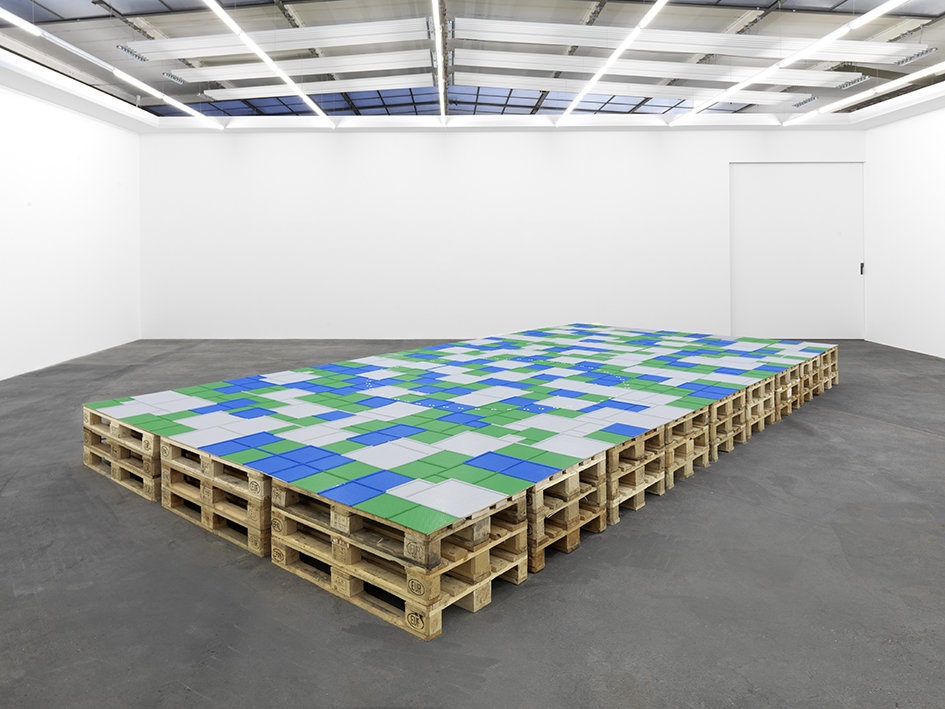[ad_1]

Natascha Sadr Haghighian, pssst Leopard 2A7+, 2013.
COURTESY KONIG GALERIE
It must be said that German’s pavilion at the Venice Biennale certainly has not been boring of late. In 2017, Anne Imhof took home the Golden Lion, the show’s top prize, for a thrilling performance piece called Faust, and in 2015, a few artists represented the country, including Hito Steyerl, whose immersive video work Factory of the Sun was one of the year’s highlights.
Now the organizers of the German pavilion have announced that the country will be represented at the 2019 edition of the biennale by Natascha Süder Happelmann, for whom there are no records online—which is because that name is actually a pseudonym adopted by the relentlessly shape-shifting artist Natascha Sadr Haghighian.
Complicating matters a bit more, Happelmann has designated a Helene Duldung to serve as the spokesperson for her work. In the prepared text of a speech for the announcement, which was made today in Berlin, Duldung said, “Over a period of around thirty years, a collection of name variations has been accumulating in the artist’s memory and in other places. The different versions have arisen mainly as a result of misspelling and autocorrect when the artist was addressed by public authorities. . . . Following careful analysis of the variations available, a particular version of the name was selected.”
Haghighian, whose work takes the form of research-intensive sculptures and installations, often with incisive political underpinnings, introduced a website in 2004 called bioswop.net, which allows people to borrow elements of other people’s CVs. Those hunting for biographical information on her will, not unsurprisingly, end up frustrated. Her Wikipedia entry, for instance, documents the conflicting information she has furnished about her birth: “born Budapest, 1987 or Sachsenheim, 1968 or Australia, 1979 or Munich, 1979 or Tehran, 1967 or London, 1966 or Iran, 1953.”
One of Haghihhian’s best-known works is the Lego sculpture pssst Leopard 2A7+ (2013), which is the same size as the eponymous German tank and includes a sound recording—accessible through headphones—of the artist reading a variety of legal and documentary texts having to do with state-sanctioned forms of violence.
Alongside her independent practice, Haghighian cofounded the Society of Friends of Halit, which has worked to investigate the 2006 murder in Kassel, Germany, of 21-year-old Halit Yozgat, a son of Turkish immigrants. At Documenta 14 in the city last year, the Society presented investigative material in conjunction with other collectives linking the crime to a neo-Nazi group known as the National Socialist Underground.
The pavilion’s curator is Franciska Zólyom, who has been director of the GfZK (Museum of Contemporary Art) Leipzig since 2012.
Information about the artist’s plans for the pavilion is scant for now. In her prepared remarks, Duldung said, “We are sure you will understand that, at this juncture, we are unable to give you any further information concerning the presentation at the German Pavilion. In this respect, we must all be patient until May 2019.”
[ad_2]
Source link

